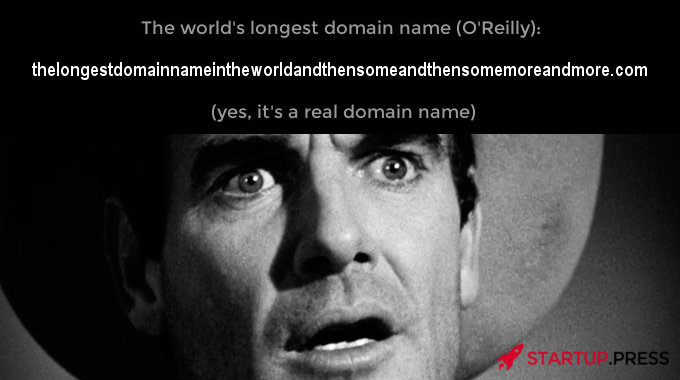One of the single hardest things for startups to grasp and initiate is consistent branding from the beginning. When venture capital rolls in, it’s hard not to just spend on development and growth, and forget about the bones of the business: branding and marketing.
But a hastily selected website name can create unforeseen issues. Here are some common mistakes, and how to avoid them.

1. Choosing a Name Just Based on What is Available
The first step in choosing a domain name is finding out what is out there and available using a website domain name search tool. Sometimes, when your first choice is not available, it is tempting to jump on one of the suggested alternatives often presented.
This often means you end up with a website name that does not really speak to your brand and what you do, and may even be close to the site owned by one of your competitors, making you seem like a copycat and costing you traffic.
2. Forgetting About Abbreviations
Abbreviations for websites can often be–well, horrible. For instance, the Wisconsin Tourism Federation had to reconsider the abbreviation for their organization when planning a website, because wtf.org might not get the kind of traffic they desired.
Of course, when Iowa changed the name of it’s Department of Elder affairs to the Department on Aging, they may not have been thinking of the consequences of doa.gov, and the fact that seniors may have been a bit shaky typing that into their browser. The agency since corrected and is now called the IDA (Iowa Department of Aging).
The point is if any form of abbreviation for your business name can result in a double meaning, you might want to change it early on, or at least beware of using it when naming your website.
3. Running the Name Together
Sometimes, it is not the abbreviation that gets you. It’s when you run the name together. Even major brands have made this mistake, like Big Al’s, which is bigalsonline. Choose Spain is choosespain, another unfortunate domain name.
The tough part is that often you may have become word blind because you love the name of your business. Show the name to more than one person, including teenagers and young people who might get references you are missed.
Accidentally creating a site that becomes a source for laughter rather than attracting the traffic you want can be costly to correct. Resetting a web name can mean marketing materials and many other things need to be changed, creating a huge expense.
4. Making Your Name Too Long
While you might want to consider what abbreviations of your website name might look like, you also don’t want to make it too long. Many web searches are done on mobile devices, and long domain names are more difficult for users to type in and see.

The other disadvantage of a long name is it takes up a great deal of space on marketing materials, and can be less than visually appealing. The general rule of thumb is to stick to 16 characters or less.
5. Making Your Name Hard to Spell
While eventually you may be ranking for keywords in search, at first users will be typing in your website, and while you can quickly take the top spot in Google with an oddly spelled name, it can be hard for users to remember and easier for them to mistype.
This means fewer visitors to your site, and may even mean users abandon their attempts to get there. Don’t be too clever for your own good when it comes to site names. Use a straightforward spelling that makes sense.
Your website name is your first impression, and a customer’s first introduction to your brand. It should be relevant and speak to your brand. However, taking your time to make sure you have the right name that won’t be abbreviated inappropriately, can’t be run together for a different meaning than you intended, and that is not too long and is easy to spell will pay off in the long run.
After all, no one wants to be known by the abbreviation for the American Ski Society.



